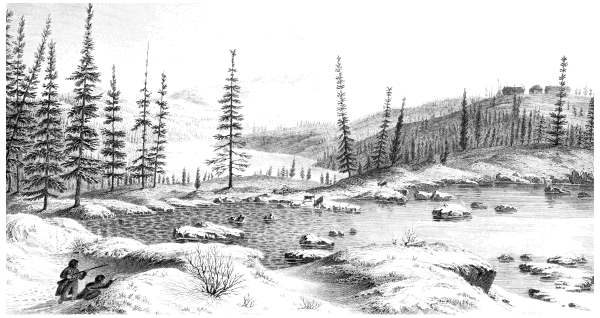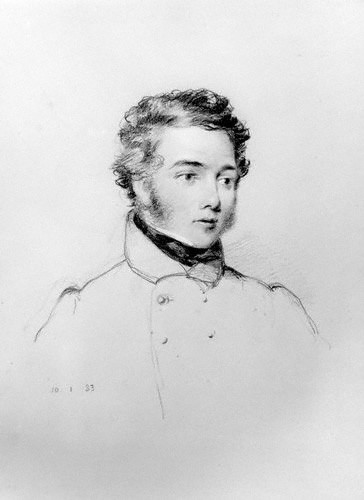Acabo de encontrar en el JOHN MURRAY ARCHIVE esta digitalización del cuaderno de notas de John Franklin que ségún parece escribió durante los peores momentos transcurridos en Fort Enterprise
durante la expedición de 1819 para explorar la costa norte de Canada.
http://digital.nls.uk/jma/gallery/title.cfm?id=37&seq=25
La escritura demuestra sin lugar a dudas que fueron momentos de una extrema dureza. Pongo en primer lugar la última hoja, donde se dice el origen del documento, pero hay 25 ilegibles páginas del diario. Lo he intentado leer, pero personalmente no puedo entender nada o casi nada.
durante la expedición de 1819 para explorar la costa norte de Canada.
 |
| Fort Enterprise_Edward Finden (copy of a watercolour of George Back) Wikipedia |
http://digital.nls.uk/jma/gallery/title.cfm?id=37&seq=25
La escritura demuestra sin lugar a dudas que fueron momentos de una extrema dureza. Pongo en primer lugar la última hoja, donde se dice el origen del documento, pero hay 25 ilegibles páginas del diario. Lo he intentado leer, pero personalmente no puedo entender nada o casi nada.
También figuran en esta web algunas de las acuarelas pintadas por George back. He elegido poner en primer lugar la de las cascadas Wilbeforce, la misma que Cory Trepanier, según comenté en un post anterior también ha pintado recientemente.
http://digital.nls.uk/jma/gallery/title.cfm?id=70&seq=22
I´ve just found this digitalized pictures of the notebook of John Franklin which seems to have been written during the worst moments passed in Fort Enterprise in the 1819 expedition to explore the north shores of Canada.
http://digital.nls.uk/jma/gallery/title.cfm?id=37&seq=25
The writting shows with any doubt the extremely hardness of the moment. I put on first place the last page, where the origin of the document is mentioned by John Franklin but there are 25 illegible pages of the journal. I´ve tried to read it, but i can´t personally understand nothing or almost nothing.
It appears also in this same web page some of the watercolours painted by George Back. I´´ ve choosen putting on the first place that of the Wilbeforce waterfalls, the same that Cory Trepanier, as i said on a previous post has painted recently.
http://digital.nls.uk/jma/gallery/title.cfm?id=70&seq=22
http://digital.nls.uk/jma/gallery/title.cfm?id=37&seq=25
The writting shows with any doubt the extremely hardness of the moment. I put on first place the last page, where the origin of the document is mentioned by John Franklin but there are 25 illegible pages of the journal. I´ve tried to read it, but i can´t personally understand nothing or almost nothing.
It appears also in this same web page some of the watercolours painted by George Back. I´´ ve choosen putting on the first place that of the Wilbeforce waterfalls, the same that Cory Trepanier, as i said on a previous post has painted recently.
http://digital.nls.uk/jma/gallery/title.cfm?id=70&seq=22

.jpg?uselang=es)













